MARKET OVERVIEW
Global Viscosity Modifying Admixture market is estimated to reach $519.4 Million by 2030; growing at a CAGR of 6.4% from 2023 to 2030. It is a specialized chemical additive, a silent hero in the construction industry, used to transform concrete into a more fluid and workable substance, particularly in applications that demand high viscosity and stability. Among these applications, Self-Consolidating Concrete (SCC) shines as a prime example.
Self-Consolidating Concrete (SCC) has carved a niche in the modern construction industry. It offers a groundbreaking solution that eliminates the need for mechanical consolidation, relying solely on its own weight to fill every nook and cranny of the formwork. VMA plays a pivotal role in making SCC a reality. By imparting the necessary viscosity and stability to SCC, VMA ensures that it flows effortlessly while maintaining its shape, even in complex and congested formwork.
The importance of VMA cannot be overstated, especially in the context of SCC. Without this innovative chemical additive, SCC's exceptional fluidity would come at the cost of structural integrity. It would be akin to trying to pour water into a mold and expecting it to hold its shape. VMA intervenes to provide the ideal balance, allowing concrete to flow freely without segregating or bleeding, all while retaining the strength and durability required for the intended purpose. VMA acts as a stabilizer, preventing excessive segregation and ensuring that the solid particles are evenly distributed throughout the mixture. This uniformity in particle distribution is the secret behind the heightened viscosity and stability of the concrete.
Furthermore, VMA works by reducing the internal friction within the concrete mixture. This reduction in friction allows the particles to slide past each other more freely, resulting in improved flow characteristics. This, in turn, reduces the need for mechanical compaction, saving time, labor, and equipment costs in the construction process.
The use of VMA is not confined to SCC alone. It finds applications in various scenarios where enhanced workability and flow characteristics are essential. It proves invaluable in large-scale construction projects, such as bridges, tunnels, and high-rise buildings, where the demands on concrete performance are exceptionally high. Additionally, VMA can be employed in situations where the concrete must be pumped over long distances, ensuring that it maintains its properties throughout the transportation process.
Viscosity Modifying Admixture (VMA) is a remarkable innovation in the construction industry, playing a pivotal role in achieving the delicate balance between the fluidity and structural integrity of concrete. Its significance is most pronounced in Self-Consolidating Concrete (SCC), where it empowers this groundbreaking material to flow effortlessly into intricate formwork while retaining its strength. With its ability to enhance workability and flow characteristics, VMA has earned its place as an essential tool in the ever-evolving field of construction, shaping the way we build for the future.
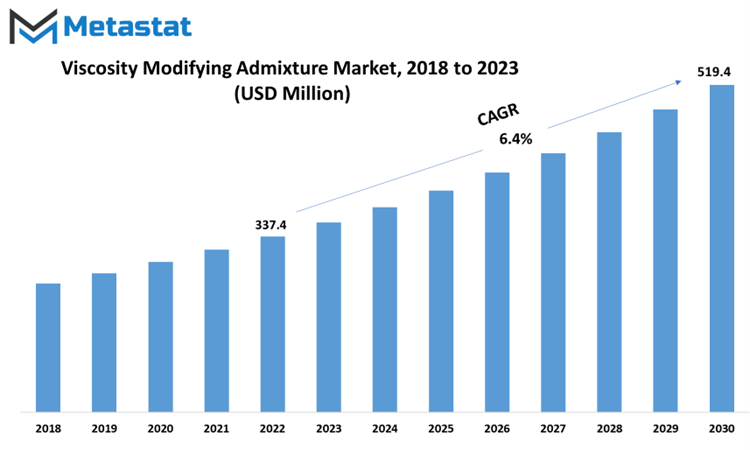
GROWTH FACTORS
The Viscosity Modifying Admixture market is witnessing significant growth, primarily driven by the construction and infrastructure sectors. These admixtures play a crucial role in enhancing the workability and performance of concrete, particularly in challenging conditions.
One of the key driving factors of this market is the increasing demand for high-performance concrete in construction projects. Viscosity modifying admixtures are instrumental in improving the durability and strength of concrete, making them an essential component in modern construction.
Moreover, the growing awareness of the benefits of these admixtures, such as their ability to reduce water content in concrete mixtures while maintaining workability, is further fueling market growth. This not only enhances the structural integrity of the concrete but also makes it more sustainable by reducing water usage.
However, like any market, there are challenges. The cost associated with these admixtures can be a hindrance to their widespread adoption. High-quality viscosity modifying admixtures can be relatively expensive, which may deter some budget-constrained construction projects from using them.
Environmental concerns are another potential hurdle. While these admixtures offer sustainability benefits in terms of water reduction, their production processes can have an environmental impact. Striking a balance between the advantages of these admixtures and their environmental footprint remains a challenge.
Nonetheless, the future of the viscosity modifying admixture market looks promising. With increasing investments in infrastructure and construction projects worldwide, the demand for high-performance concrete and, consequently, these admixtures are expected to rise. In addition, innovations in the industry may lead to the development of more cost-effective and environmentally friendly admixtures, addressing the current challenges.
The Viscosity Modifying Admixture market is on an upward trajectory. Key drivers include the demand for high-performance concrete and increased awareness of the benefits of these admixtures. While cost and environmental concerns pose challenges, the market is likely to find lucrative opportunities in the coming years, driven by the ongoing growth in the construction and infrastructure sectors.
MARKET SEGMENTATION
By Type
The Viscosity Modifying Admixture market is multifaceted, with different types catering to specific needs. These types play a vital role in various industries where controlling and altering the viscosity of materials is essential. They are crucial in construction, oil and gas, pharmaceuticals, and more.
One of the primary types in this market is Polymers. In 2022, the Polymers segment held substantial value, amounting to 165.3 USD Million. Polymers serve as effective viscosity modifiers, especially in construction applications. They enhance the workability of concrete and reduce the water content required for mixing, leading to improved strength and durability of concrete structures. This segment's value reflects the significant demand for polymer-based viscosity modifiers in the construction sector.
Another significant segment is Rheology Modifiers, which accounted for a value of 97.3 USD Million in 2022. Rheology modifiers are essential in industries like pharmaceuticals, where precise control over viscosity is critical. These modifiers help in achieving the desired consistency of pharmaceutical formulations, ensuring that they can be easily administered while maintaining their effectiveness. The substantial value of this segment underlines the importance of rheology modifiers in various applications.
Colloidal Suspensions, valued at 61.2 USD Million in 2022, represent another essential segment in the Viscosity Modifying Admixture market. These suspensions find use in diverse sectors, including the oil and gas industry, where they are employed to control the viscosity of drilling fluids. By preventing the settling of solid particles, colloidal suspensions enhance the performance and efficiency of drilling operations. The value associated with this segment highlights its significance in the oil and gas sector.
In essence, the Viscosity Modifying Admixture market encompasses various types, each with its unique properties and applications. Polymers, Rheology Modifiers, and Colloidal Suspensions represent the core segments, each contributing significantly to different industries, such as construction, pharmaceuticals, and oil and gas, where control over viscosity is a key factor in ensuring efficient and effective processes.

By Function
The Viscosity Modifying Admixture market encompasses various functions that cater to the unique demands of construction and other industries. These functions include Workability Improvement, Sag Resistance, Thixotropy, and Water Retention. Each of these functions plays a crucial role in enhancing the performance of concrete and mortar mixes.
Workability Improvement, a vital segment, was valued at 119 USD Million in 2022. This function focuses on making concrete more manageable and easier to work with. It ensures that the concrete mix retains its consistency, allowing for efficient placement and finishing. Workability improvement is essential, especially in large-scale construction projects where the ease of handling concrete is paramount.
Sag Resistance, with a value of 82.4 USD Million in 2022, is another significant segment. It addresses the issue of concrete slumping or sagging when it's applied vertically, as in the case of walls or columns. Sag resistance admixtures help maintain the desired consistency of the concrete, preventing deformations and ensuring that the applied material adheres as intended.
Thixotropy, valued at 61.7 USD Million in 2022, is a function that involves the transformation of the concrete's viscosity under mechanical stress. This means that the concrete becomes less viscous and more fluid when agitated, making it easier to pump and place. Once the stress is removed, the concrete returns to its original, more viscous state. Thixotropy is particularly useful in scenarios where concrete needs to be pumped over long distances or into intricate forms.
Water Retention, with a value of 60.7 USD Million in 2022, is another important function in the Viscosity Modifying Admixture market. Water retention admixtures help the concrete retain water, which is crucial for proper curing. By retaining water, these admixtures ensure that the concrete remains adequately hydrated, promoting its strength development and durability.
In summary, the Viscosity Modifying Admixture market is a dynamic landscape that offers various functions to meet the diverse needs of construction projects. These functions, including Workability Improvement, Sag Resistance, Thixotropy, and Water Retention, contribute to the overall performance and workability of concrete and mortar mixes. As the construction industry continues to evolve, the demand for these admixtures is expected to grow, further underlining their significance in modern construction practices. .
REGIONAL ANALYSIS
The Viscosity Modifying Admixture market is an essential component of the construction industry. It plays a significant role in enhancing the properties of concrete and cement-based materials. This research delves into the Viscosity Modifying Admixture market's global landscape and its geographical distribution, particularly in North America and Europe.
The global Viscosity Modifying Admixture market encompasses a range of products and solutions that modify the viscosity of concrete mixtures. These admixtures are crucial for improving the workability and performance of concrete in various construction applications.
When we consider the geographical distribution of the Viscosity Modifying Admixture market, it's evident that this market has a global footprint. Manufacturers and suppliers of these admixtures serve customers worldwide. The market's reach extends from North America to Europe and beyond.
In North America, the Viscosity Modifying Admixture market has been estimated to have a value of approximately 78.9 million USD in 2018. This figure underscores the market's significance in the construction industry of the region. North America's construction sector relies on these admixtures to enhance the durability and performance of concrete in diverse projects.
Moving across the Atlantic to Europe, we find a substantial market for Viscosity Modifying Admixtures as well. In 2018, the European market was estimated to be valued at around 69.3 million USD. European construction projects, whether they involve buildings, infrastructure, or other applications, often leverage these admixtures to achieve the desired concrete characteristics.
It's important to note that the utilization of Viscosity Modifying Admixtures is not limited to these regions. They have a global presence, as the construction industry's demand for high-performance concrete extends worldwide. The market continually adapts to meet the unique requirements of various regions, ensuring that the construction projects, whether in North America, Europe, or elsewhere, benefit from the advantages of these admixtures.
In conclusion, the Viscosity Modifying Admixture market is a vital component of the global construction industry. It addresses the need for enhancing concrete properties and performance. While North America and Europe have significant market shares, the utilization of these admixtures is not confined to these regions. They serve construction projects worldwide, adapting to the specific demands of each geographical location.
COMPETITIVE PLAYERS
The Viscosity Modifying Admixture market is a dynamic sector with key players driving its growth and innovation. These companies, such as Astrra Chemicals and BYK Additives, play a pivotal role in shaping the Viscosity Modifying Admixture industry.
Astrra Chemicals, a prominent player in this market, has been a driving force in developing and offering cutting-edge solutions in the field of viscosity-modifying admixtures. Their dedication to research and development has resulted in a range of products that cater to the diverse needs of the construction and infrastructure sector. Astrra Chemicals' commitment to enhancing the performance of concrete and mortar through their innovative admixtures has positioned them as a leader in this industry.
Another significant player is BYK Additives, known for its expertise in additives and admixtures. They have a rich history of providing solutions that address challenges related to rheology and viscosity modification in various applications. Their products are trusted by industries such as construction, paints and coatings, and more. BYK Additives' presence in the Viscosity Modifying Admixture market underscores their dedication to improving the quality and performance of materials used in construction and other sectors.
These key players demonstrate the competitive nature of the Viscosity Modifying Admixture market. They not only offer a wide range of high-quality products but also contribute to the ongoing research and development efforts in this field. As the market continues to evolve, the innovations and solutions provided by companies like Astrra Chemicals and BYK Additives will be instrumental in meeting the demands of the construction and infrastructure industries. Their commitment to enhancing the properties of construction materials showcases the pivotal role that key players play in the Viscosity Modifying Admixture industry.
Viscosity Modifying Admixture Market Key Segments:
By Types
- Polymers
- Rheology Modifiers
- Colloidal Suspension
By Functions
- Workability Improvement
- Sag Resistance
- Thixotropy
- Water Retention
Key Global Viscosity Modifying Admixture Industry Players
- Astrra Chemicals
- BYK Additives
- Cemex, Inc.
- ECMAS Group
- Tremco CPG (The Euclid Chemical Company)
- Fosroc, Inc.
- Fritz-Pak Corporation
- GCP Applied Technologies Inc.
- Ha-Be Betonchemie GmbH
- Mapei Corporation
- Master-builders-solutions
- MC-Bauchemie Müller GmbH & Co. KG
- Saint-Gobain Weber
- Sika AG
- Thermax Global
WHAT REPORT PROVIDES
- Full in-depth analysis of the parent Industry
- Important changes in market and its dynamics
- Segmentation details of the market
- Former, on-going, and projected market analysis in terms of volume and value
- Assessment of niche industry developments
- Market share analysis
- Key strategies of major players
- Emerging segments and regional growth potential



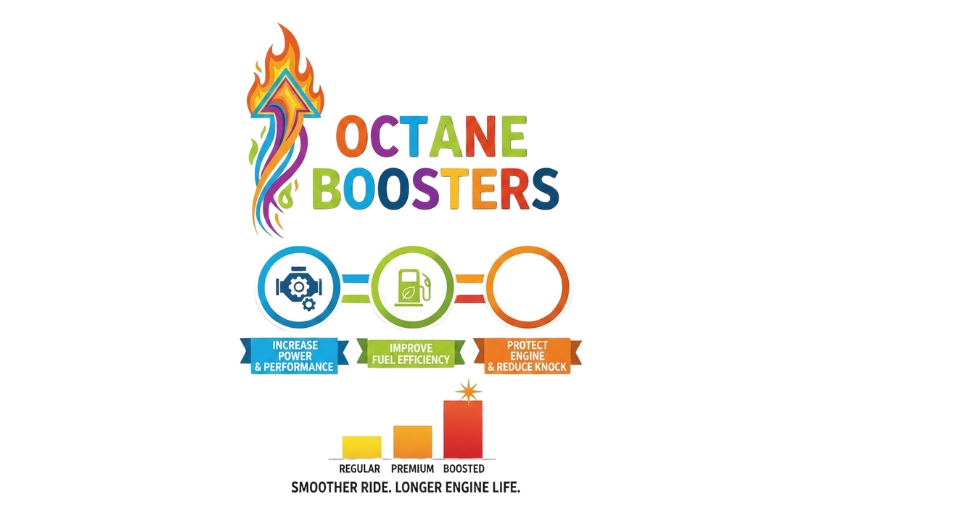
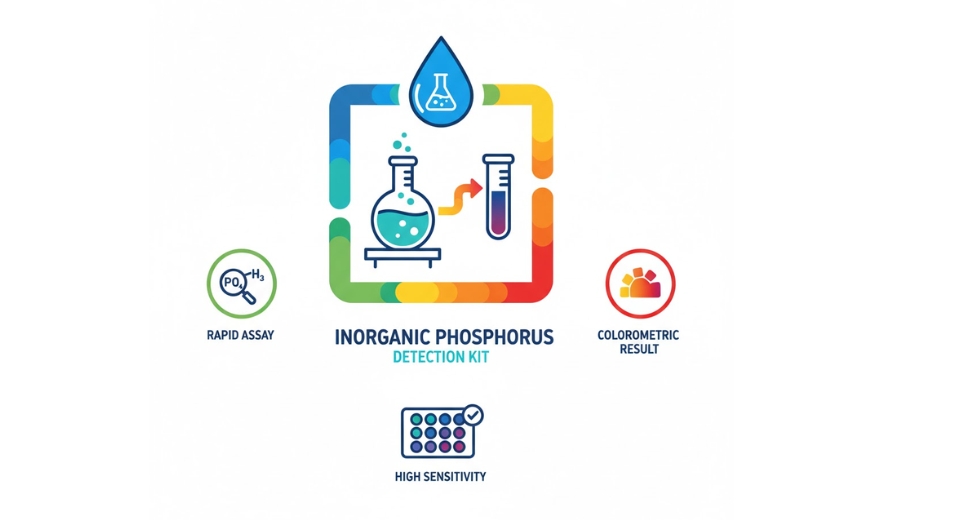
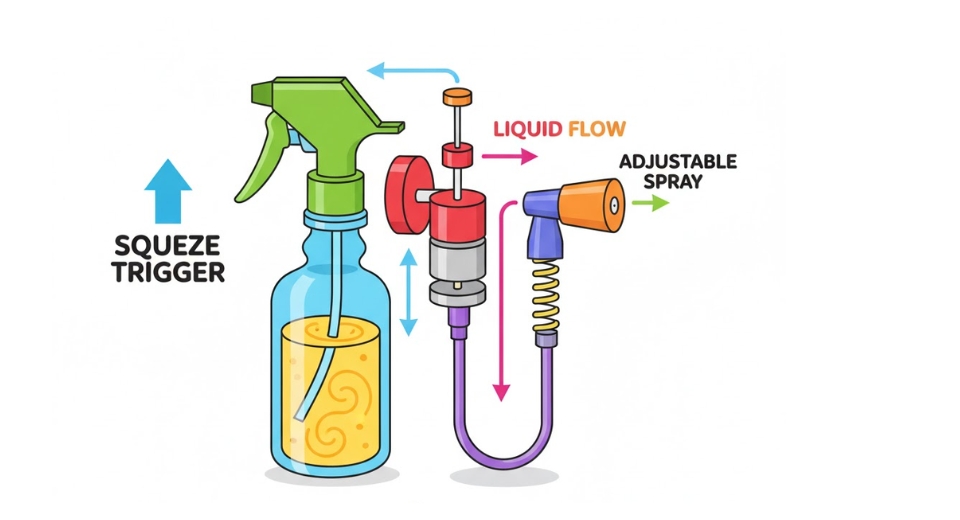
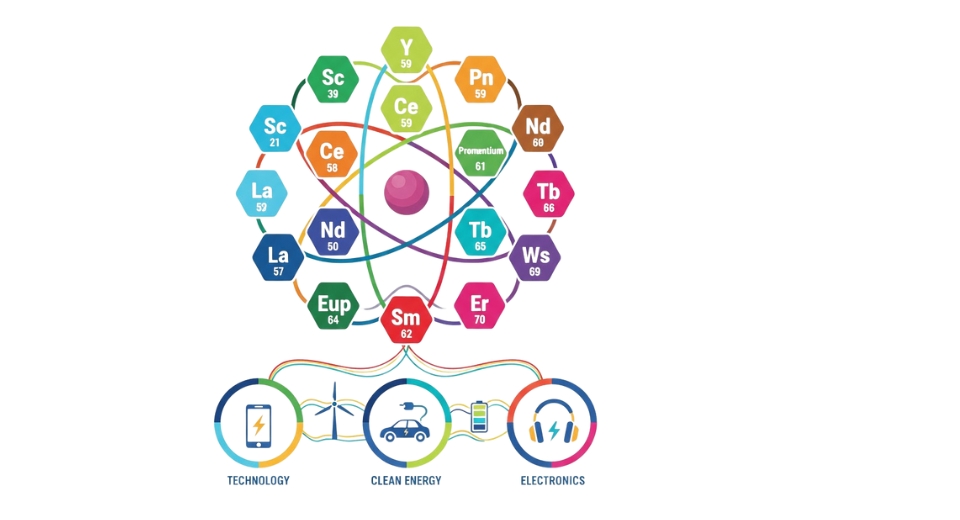

 US: +1 3023308252
US: +1 3023308252






